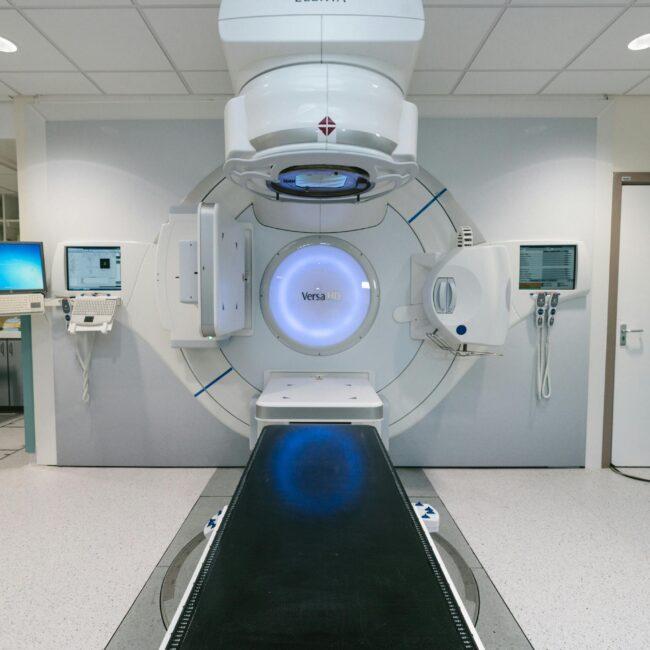A groundbreaking study has unveiled a method to predict the pathways through which cancer cells metastasize, offering promising avenues for developing treatments to impede the spread of aggressive cancers. Researchers at the Institute of Cancer Research in London, led by Professor Victoria Sanz-Moreno, discovered that certain malignant cells alter their shape in response to the extracellular matrix (ECM) surrounding them. This adaptation facilitates their movement along ECM fibers, which act as “tracks,” enabling the cells to escape the primary tumor and establish secondary growths in other parts of the body. The study, published in Nature Communications, involved analyzing tumor tissues from patients with melanoma and breast cancer, revealing that cells at the tumor’s periphery exhibited genetic traits enhancing their survival and metastatic potential.
Understanding the interaction between cancer cells and the ECM is crucial, as metastasis significantly complicates treatment and worsens patient prognoses. This research highlights the potential of targeting the ECM and its associated enzymes, such as lysyl oxidase, which play a role in binding the matrix together. By disrupting these interactions, it may be possible to prevent cancer cells from migrating and forming new tumors. Professor Sanz-Moreno emphasized that this “road map” of cancer cell dissemination could lead to the development of therapies aimed at halting the spread of cancer, thereby improving outcomes for patients with aggressive forms of the disease. Click for More Details







